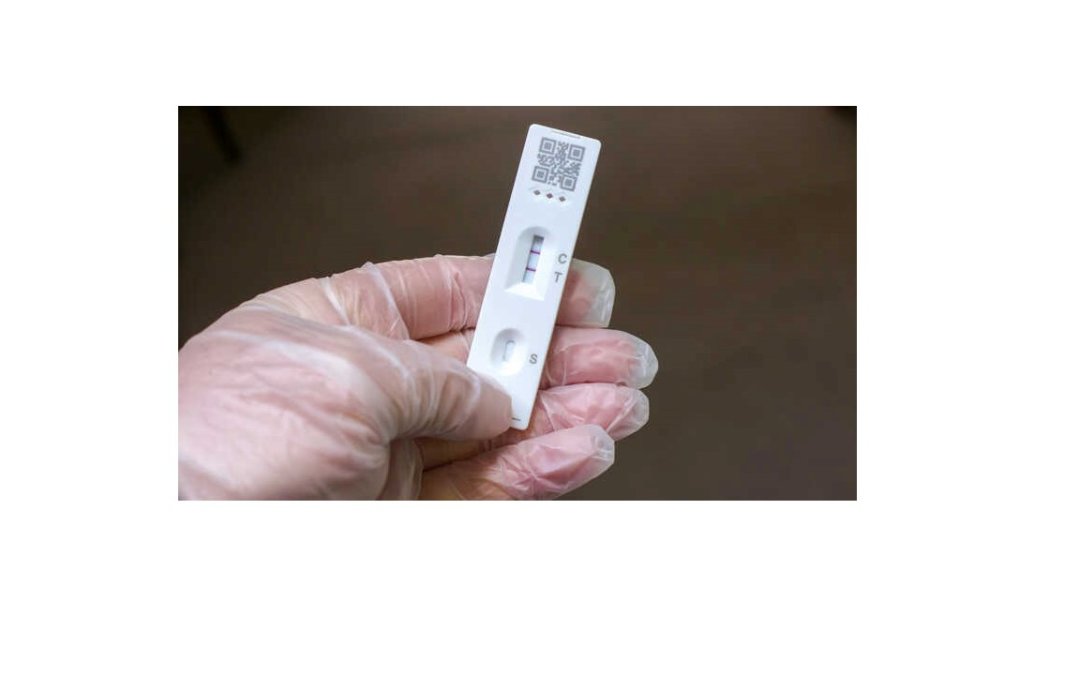July 5, 2022
In a recent article in NPR’s public health page, “Still testing positive after day 10? How to decide when to end your COVID isolation”, Will Stone discusses a big dilemma that many people face which is how long to isolate after they had COVID-19 infection. This problem then becomes more difficult if one continues to test positive on a rapid antigen test even after the isolation period. As the author points out, the “basic ground rules” set in place by the CDC have not changed even after the Omicron variant came onto the scene. The CDC had said that a person can stop isolating after 5 days as long he or she is free of fever for 24 hours and are also starting to get better. Then the loose guidance says they should wear a mask around others for another 5 days. However, Stone notes that researchers who looked into this matter say the rules are not enough and that people should wait until they test negative on a rapid test before going out into the public. However, researchers also point out that there is no perfect test to tell if you are still contagious or not.
The article goes on to quote several pre-print papers, sometimes just referring to them as “studies” and other times referring to them as “preprints”, most of which just present percentages. However in quoting the CDC, who themselves showed about half of people testing positive on antigen tests between 5 to 9 days after symptom onset or diagnosis. In a preliminary study which has more detail than the other preprints conducted by scientists from Harvard and MIT, they found 25% of symptomatic people with COVID-19 had virus that could be cultured after 8 days after symptom onset or their first test. In their statistical section, they do mention even using Kaplan-Meier plots to assess time to conversion to negative PCR and also to viral culture negative. They then compared subgroups by a log-rank test. However, they then went ahead and performed a Cox proportional hazards regression for both outcomes and adjusted by confounder. However they have not shown that this model is appropriate. Furthermore in looking at their Kaplan-Meier plots we see crossing curves. Their Cox models did not show anything ‘statistically significant” but probably also because they have problems with proportionality. Therefore, it is hard to trust the results from this study.
James Hay, a research fellow at Harvard T.H. Chan School of Public Health notes problems with these studies like small sample sizes, different populations of people, different ways rapid tests were handled, vaccination status, and healthy cohort effect (though he did not say this directly this is what we can ascertain). So this article with all its preprints as references to the science goes to show that one needs to be careful trusting the results being presented in the news. The sources are important and the science behind them is even more important.
Written by,
Usha Govindarajulu
Keywords: COVID-19, Omicron, immunity, antigen
References
Stone, Will (June 30, 2022) “Still testing positive after day 10? How to decide when to end your COVID isolation”. https://www.npr.org/sections/health-shots/2022/06/30/1108615724/positive-test-isolation
Duration of viable virus shedding in SARS-CoV-2 omicron variant infection
Boucau J, Marino C, Regan J, Uddin R, Choudhary MC, Flynn JP, Chen G, Stuckwisch AM, May MJ Liew Y, Singh A, Lipiner T, Kittilson Melberg AM, Li Y, Gilbert RF, Reynolds Z, Iyer SL, Chamberlin GC, Vyas TD, Goldberg MB, Vyas JM, Li JZ, Lemieux JE, Siedner MJ, and Barczak AK. “Duration of viable virus shedding in SARS-CoV-2 omicron variant infection”
medRxiv 2022.03.01.22271582; doi: https://doi.org/10.1101/2022.03.01.22271582
https://media.npr.org/assets/img/2022/06/29/gettyimages-1316289788_custom-556cc376a5931eeb810f2e2076fe719ccc69e0bb-s800-c85.webp
